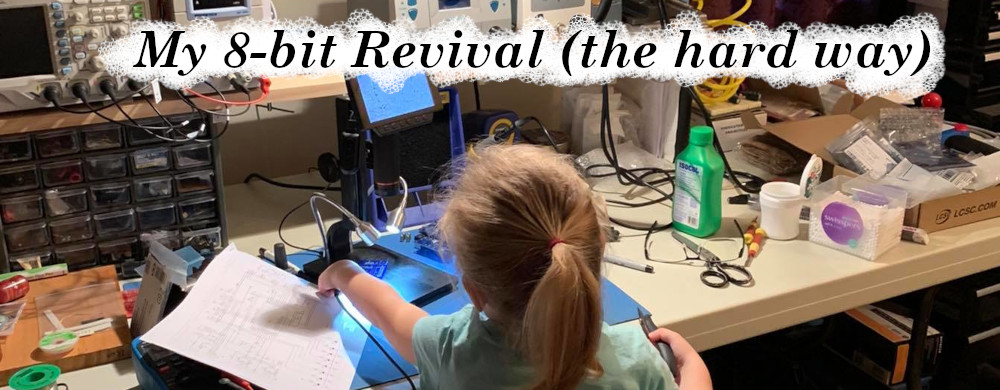A few months ago picked up an Amiga A590 hard drive. It still had the old XT hard disk in it but honestly I didn't expect it to work and it didn't. It also had 1MB of RAM.
I'd been looking at SCSI replacement devices on the internet and how to put them into an A590 and what was compatible. I saw a lot of people saying yes they worked and shots of work bench but nothing on how to actually do it. I think in part because there can be a lot of assumed knowledge, where for old hands this is fine, but for newcomers it's a little frustrating.
So here is me doing it and documenting it, I hope you find it useful.
Today I Learnt : A590
The A590 is an interesting beast . . .
Internal Hard Drive : it supports XT hard drives (old extinct hard disks) which you can basically ignore AND also a 50 pin connector for SCSI.
External Hard Drive : it has a 25 pin connector for an external SCSI device.
Auto Boot : If you have the correct version of Kick start your Amiga can auto boot from the hard drive.
Looking directly at the back of the unit you will need to flick the first dip switch to enable this. If you have an old version of Kickstart you will need to turn the switch off and boot from the floppy disk image. You will need to get the disk images if you don't have them.
Read more about this here get disk images from here.
Additional RAM : the A590 can add up to 2MB of additional ram to your Amiga 500.
Adding RAM

Setting up ZuluSCSI
The ZuluSCSI was pretty easy to setup.
1) I changed the LED jumper a the front of the drive from XT to SCSI
I reamed out the holes in the bracket so the screws would easily fit.
I connected the 50 pin cable to the 50 pin connector.
You DO NOT need to connect any power to the unit as it uses the power from the 50 pin cable.
Building the Image for the SD card was done on my PC using WinUAE. I followed this easy tutorial.
And here it is in all of it's glory!
You need to use the A590 powerbrick or else your A500 will not turn on.
Turn on the A590 power first ( it will do nothing ) then the A500.
You will most likely need to reset your A500 as it takes some time for the A590 to power up properly.
This the XT harddrive that doesn't work.





































